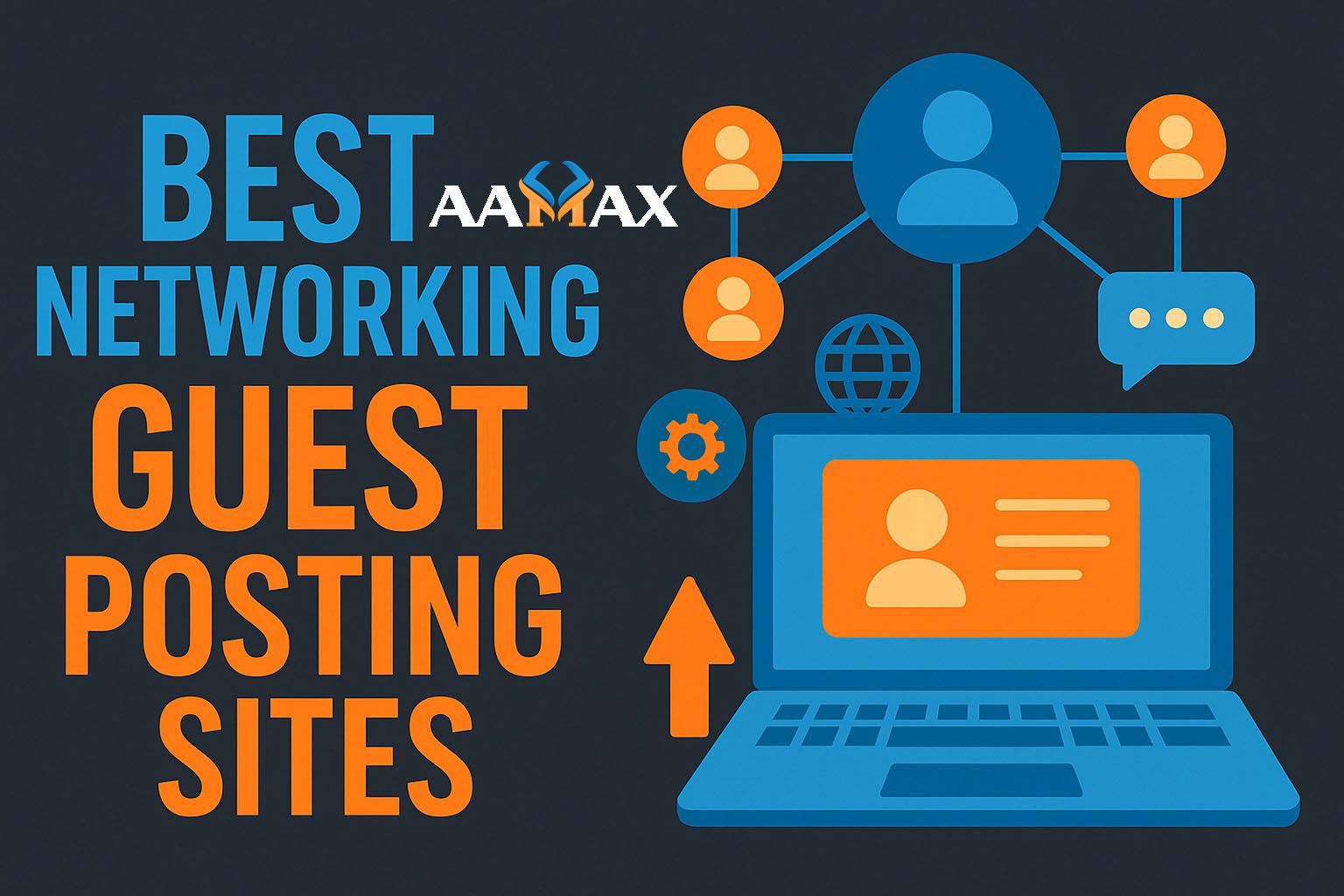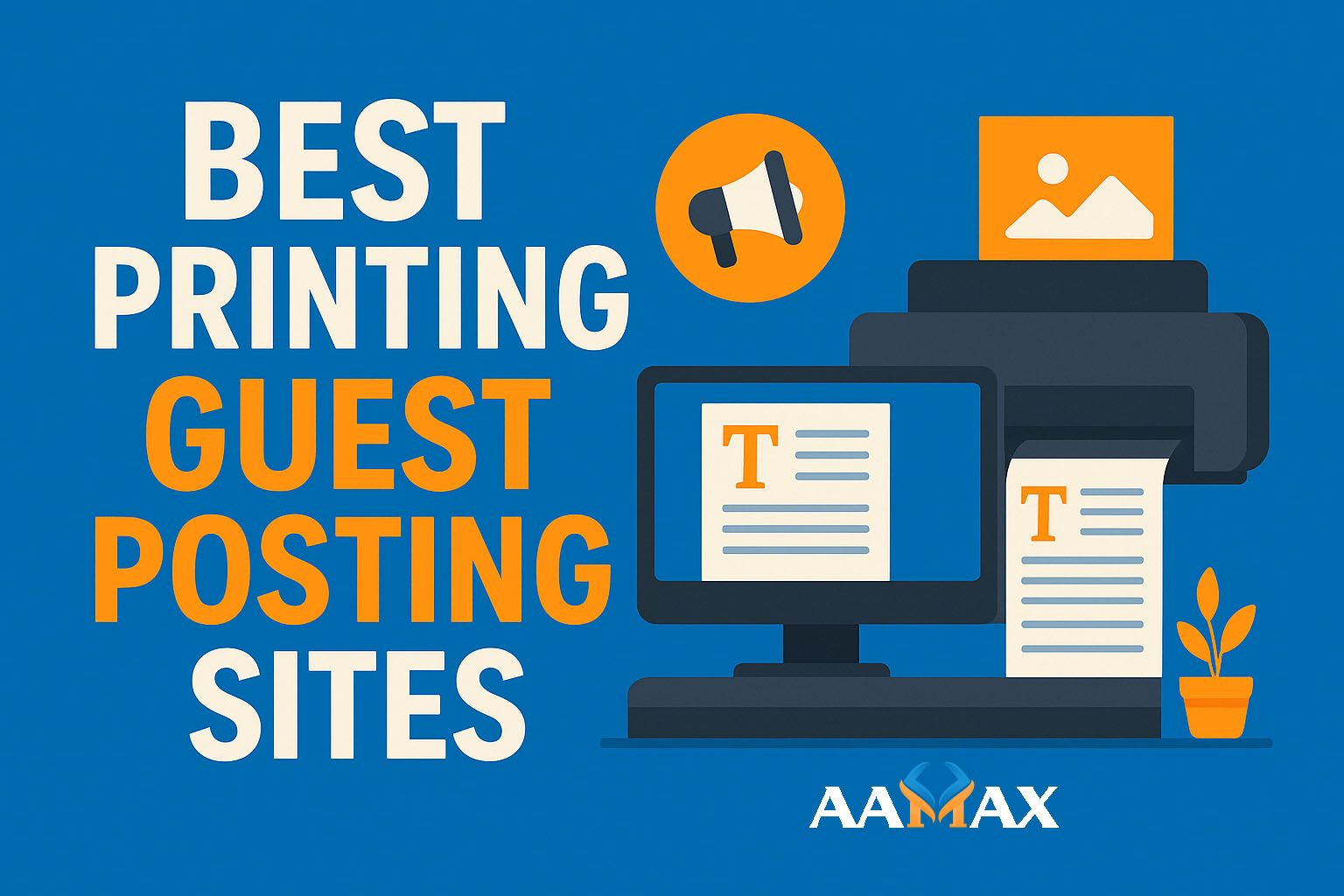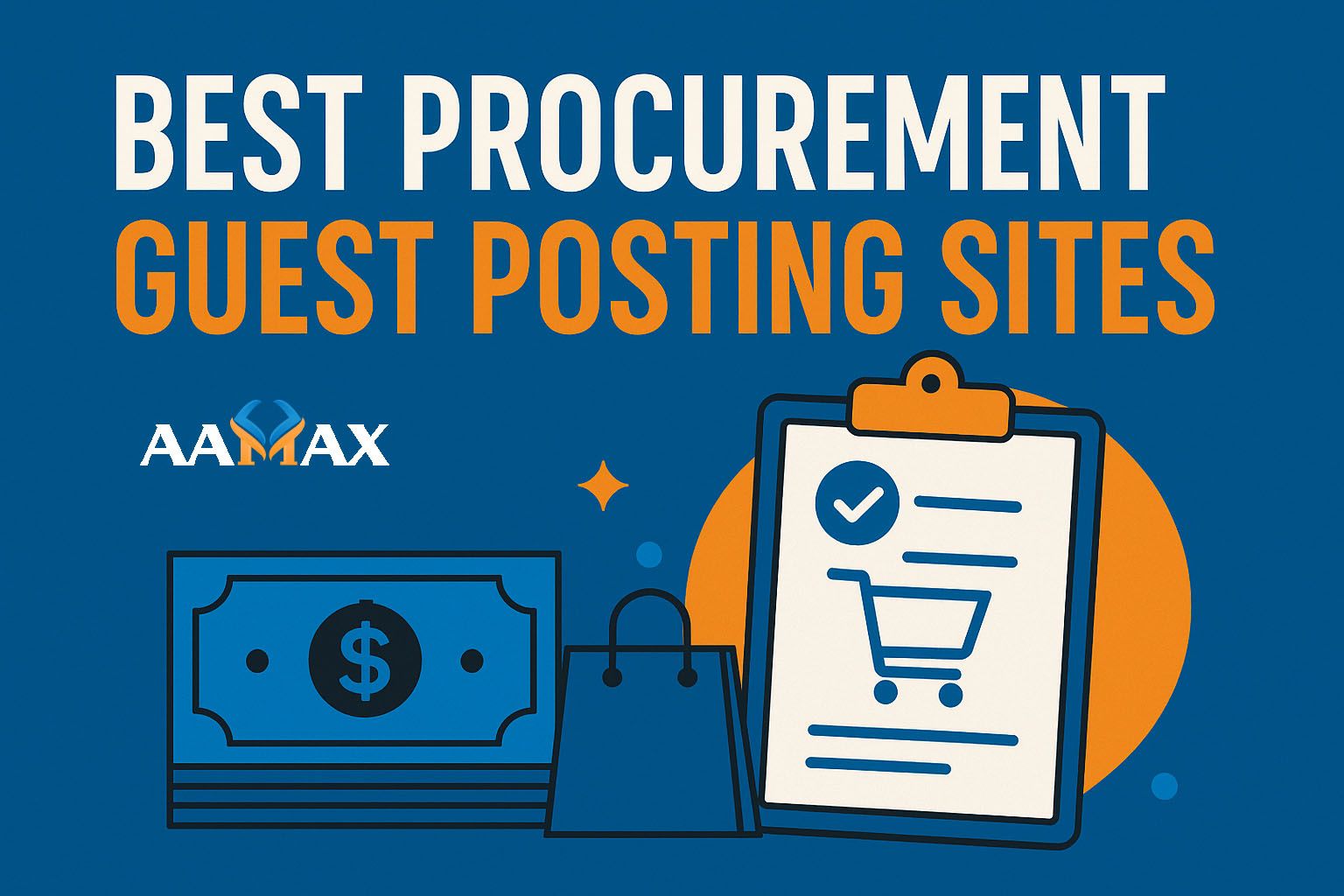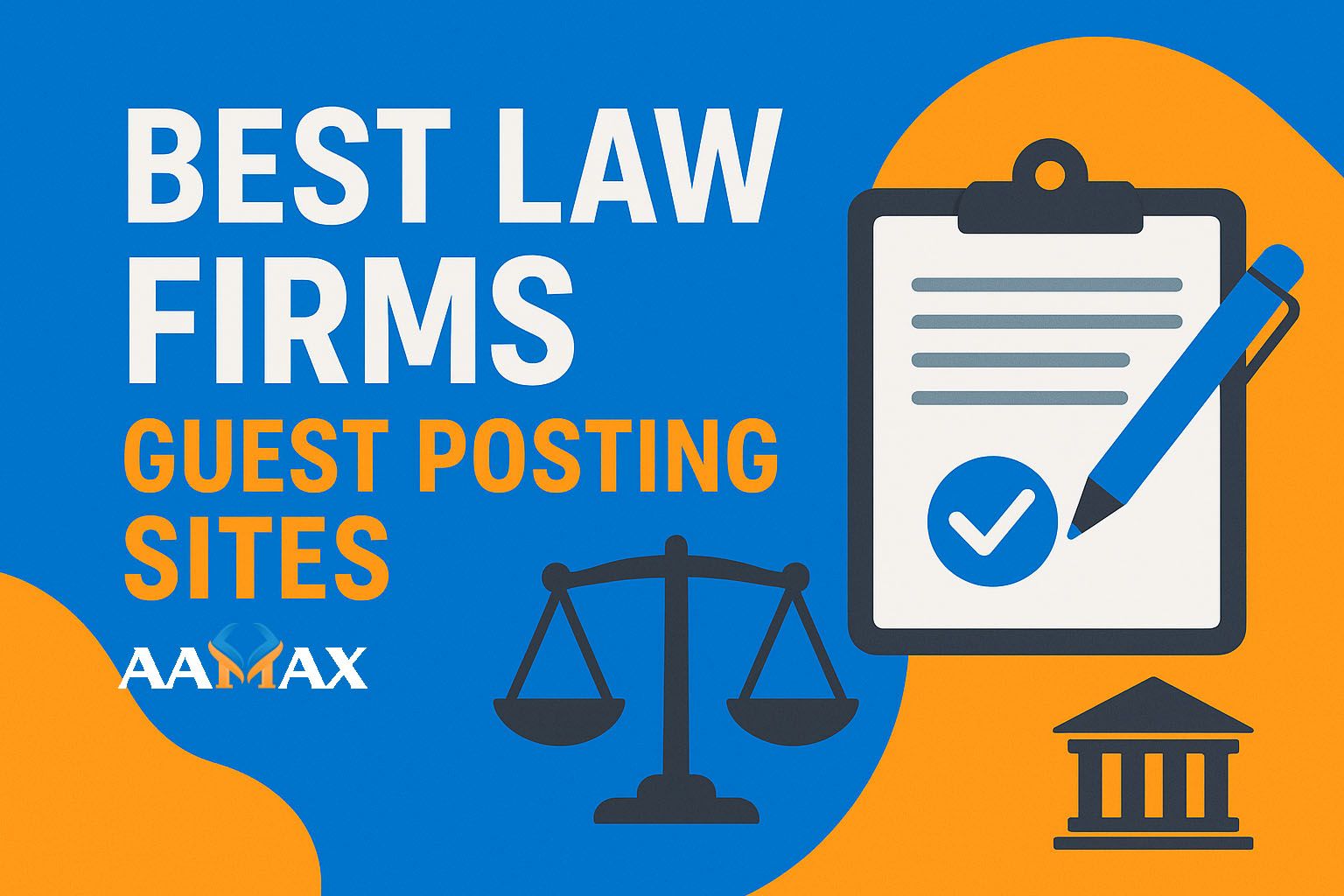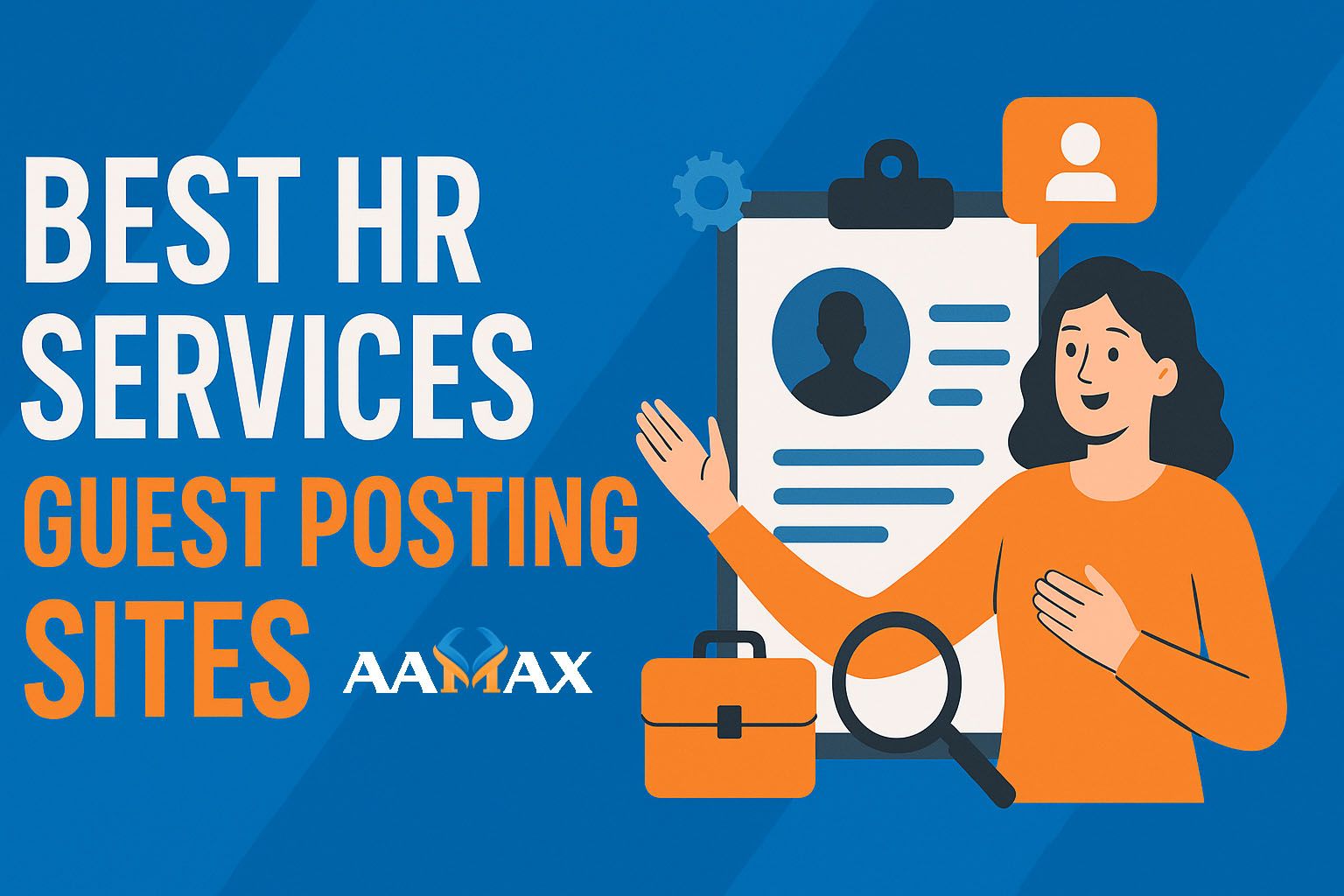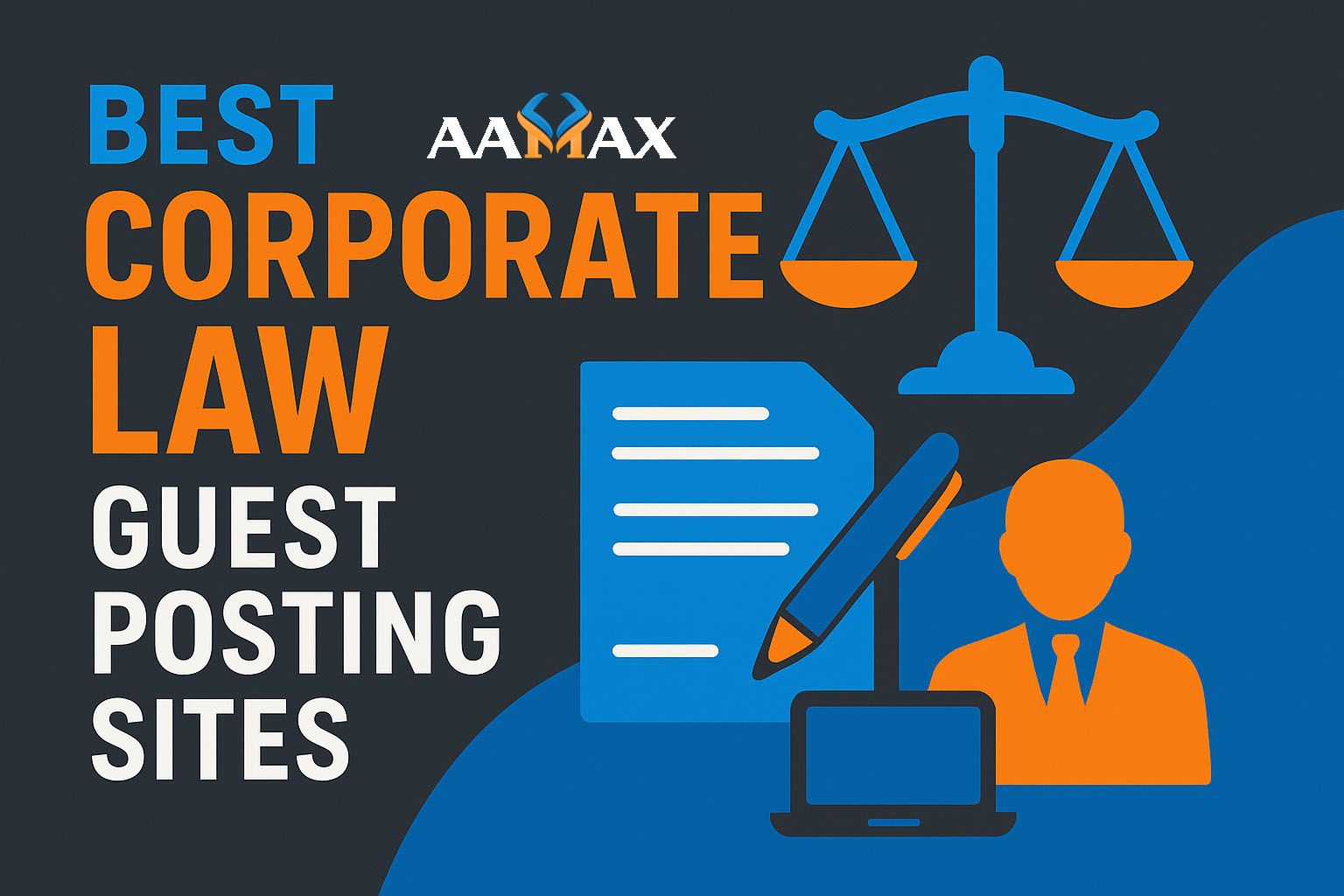![Open Graph Meta Tags: Your Guide to OG Meta Tags [+FAQ]](https://res.cloudinary.com/dmkou0hmb/image/upload/v1755102352/Open_Graph_Meta_Tags_Your_Guide_to_OG_Meta_Tags_FAQ_4b5f0511d2.jpg)
Open Graph Meta Tags: Your Guide to OG Meta Tags [+FAQ]
When you share a webpage on Facebook, LinkedIn, or any other social media platform, have you noticed how some links display a neat title, a preview image, and a short description—while others look like a messy block of plain text? That’s the magic of Open Graph (OG) meta tags at work.
Open Graph meta tags allow you to control how your content appears when shared on social platforms. Implementing them correctly can drastically improve your click-through rate (CTR) and boost engagement.
In this guide, we’ll cover:
- What Open Graph meta tags are
- Why they matter for SEO company and social media
- The essential OG tags you must use
- How to implement OG meta tags
- Advanced tips for better social sharing previews
- Common mistakes to avoid
- Frequently asked questions about OG meta tags
What Are Open Graph Meta Tags?
Open Graph meta tags are snippets of information placed inside your webpage’s head section to control how that page’s content is displayed when shared on social media. They were introduced by Facebook in 2010 as part of the Open Graph protocol. Since then, other platforms—such as LinkedIn, Pinterest, Twitter (partially), and even messaging apps—use OG tags to create rich link previews.
These tags essentially allow you to tell social platforms: “This is the exact title, description, and image I want you to show.”
Why Do Open Graph Meta Tags Matter?
Without OG tags, social media platforms try to automatically scrape your page for information. This can lead to:
- Wrong images being pulled (for example, a footer logo instead of your main banner)
- Titles that are too long or get cut off
- Descriptions that don’t entice clicks
- Missing images altogether
With OG tags, you take control of:
- First Impressions – Your preview image and title directly influence whether someone clicks.
- Brand Consistency – Maintain consistent branding across all shares.
- Increased Engagement – Attractive previews lead to higher interaction rates.
- SEO Support – While OG tags themselves aren’t a ranking factor, better CTR from social shares can indirectly support SEO.
The Essential OG Meta Tags
Not all OG tags are mandatory, but some are highly recommended for optimal results. Here are the most important ones:
1. og:title
The title of your content as it should appear in the preview. Keep it under 60 characters for visibility and make it engaging.
2. og:description
A short description that summarizes the page. Keep it under 110 characters for most platforms and make it persuasive.
3. og:image
The URL of the image you want displayed. Use a high-quality image at least 1200×630 pixels, with the right format for clarity.
4. og:url
The canonical URL of your page. Use the final, canonical URL to avoid duplicate previews.
5. og:type
Defines the type of object, such as website, article, or product. This helps platforms understand the content type for better display.
How to Implement OG Meta Tags
Step 1: Add Tags to the Head Section
Insert your chosen OG meta tags in the head section of your webpage. These should full-service digital marketing agency be added directly into the HTML so social platforms can read them easily.
Step 2: Test Your OG Tags
After adding the tags, test them using:
- Facebook Sharing Debugger
- LinkedIn Post Inspector
These tools show how your page will appear when shared and allow you to refresh the cache.
Step 3: Ensure Image Accessibility
Your OG images must be accessible without login barriers. If your site is behind a firewall or uses dynamic image loading, platforms might not be able to fetch them.
Advanced OG Meta Tag Tips
Use Image Dimensions
Specifying image dimensions can help platforms render previews faster.
Add Multiple Images
You can specify multiple og:image tags to give platforms options.
Localize OG Tags for Multi-Language Sites
Use locale settings to serve the right preview for different regions.
Combine OG with Twitter Cards
Twitter often uses OG tags if card tags are missing, but for best results, use both.
Common Mistakes to Avoid
- Using the wrong image sizes
- Having duplicate or conflicting tags
- Relying on JavaScript to insert tags (some platforms can’t read them this way)
- Using unoptimized, slow-loading images
Open Graph Meta Tags and SEO
While OG tags are not direct ranking factors, they:
- Improve CTR from social shares
- Boost brand credibility
- Increase traffic, which can indirectly benefit rankings
If you’re optimizing for search engine optimization, OG tags should be part of your technical SEO checklist.
OG Meta Tags for Different Platforms
Different platforms treat OG tags slightly differently:
- Facebook – Full support
- LinkedIn – Similar requirements to Facebook
- Pinterest – Often pulls from OG tags
- Twitter – Prefers Twitter Card tags but uses OG tags if available
- WhatsApp – Uses OG tags for previews
- Slack/Discord – Relies on OG tags for link previews
Frequently Asked Questions (FAQ)
1. Are Open Graph tags necessary for every page?
Not strictly, but they are highly recommended for any page likely to be shared on social media.
2. What happens if I don’t use OG tags?
Platforms will guess the title, description, and image, which often leads to poor results.
3. Can I have multiple OG images?
Yes, but platforms will usually display only one.
4. Do OG tags affect SEO rankings?
No direct impact, but better previews can increase engagement, which can indirectly help SEO.
5. How often should I update OG tags?
Update them whenever you change your content’s title, main image, or target audience.
Final Thoughts
Open Graph meta tags may seem like a small technical detail, but they have a huge impact on how your content is perceived and clicked on social media. A well-optimized OG setup can mean the difference between being ignored in a feed and getting hundreds of clicks.
If you want expert help implementing OG tags along with a complete digital marketing strategy, you can AAMAX — a full-service digital marketing company offering Web Development, Digital Marketing, and SEO services. Their team ensures your website is technically sound, visually appealing, and optimized for maximum visibility.

